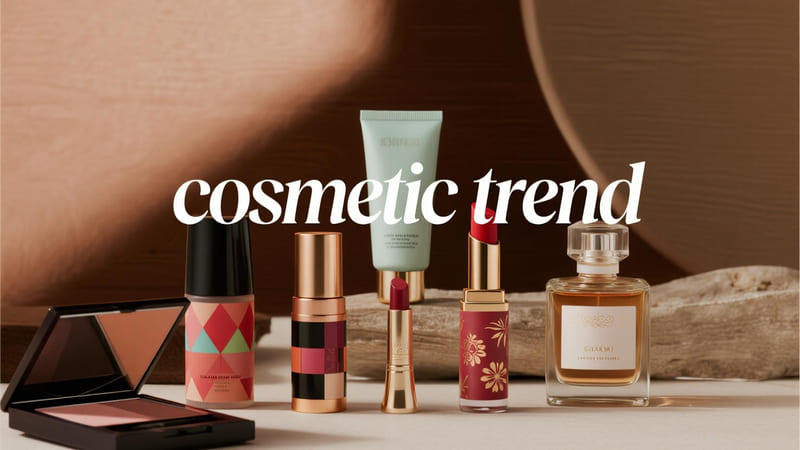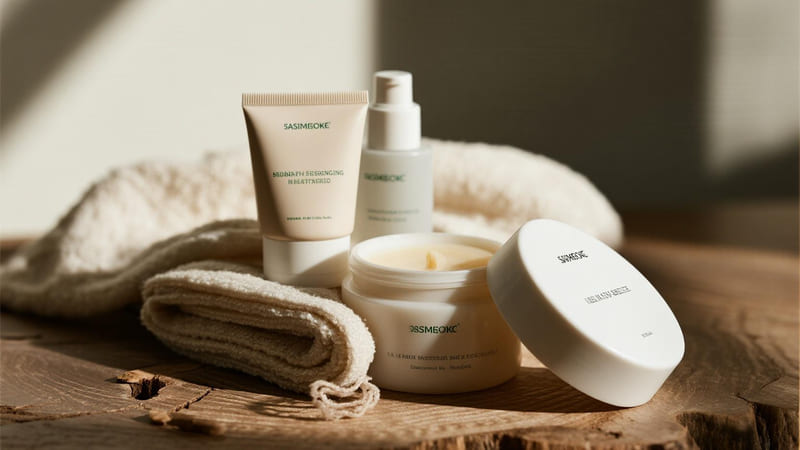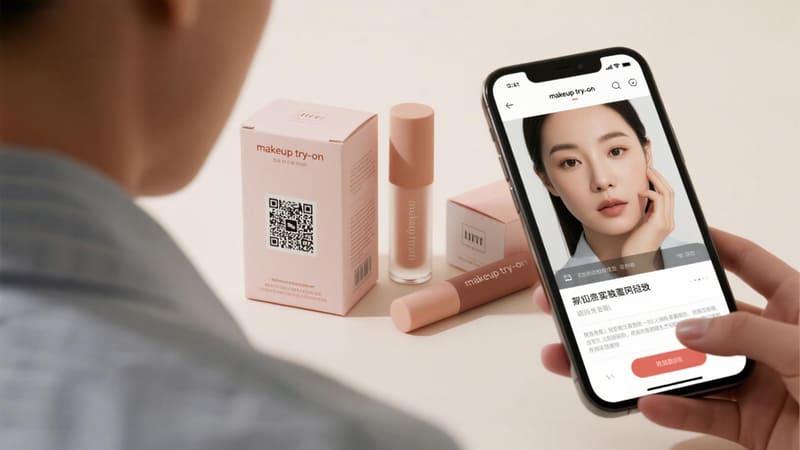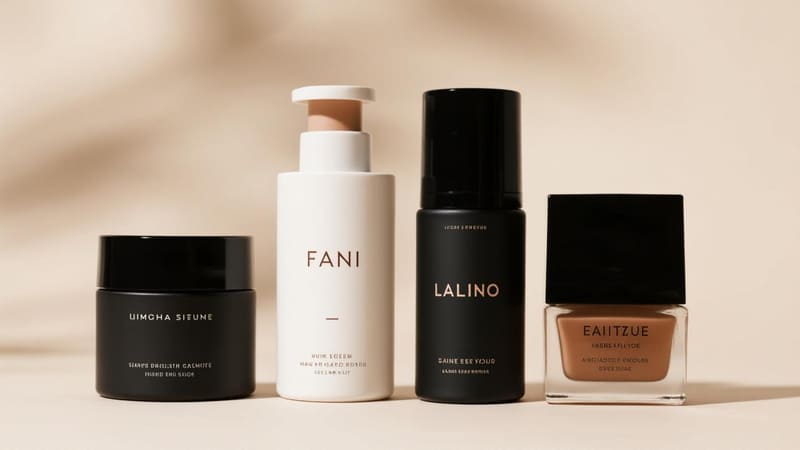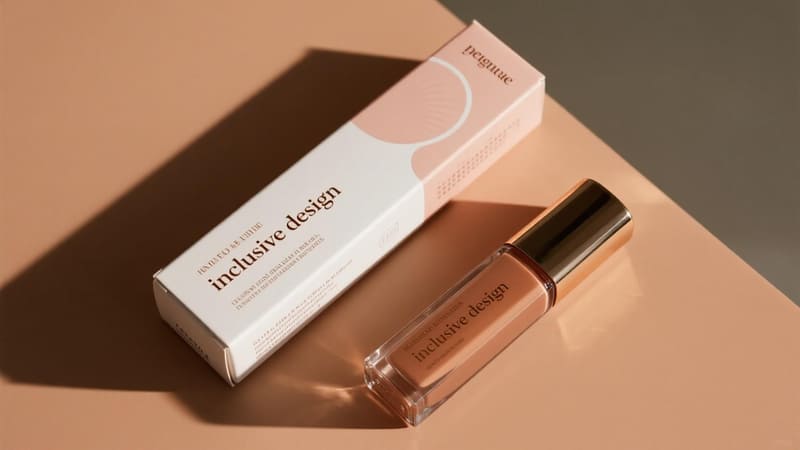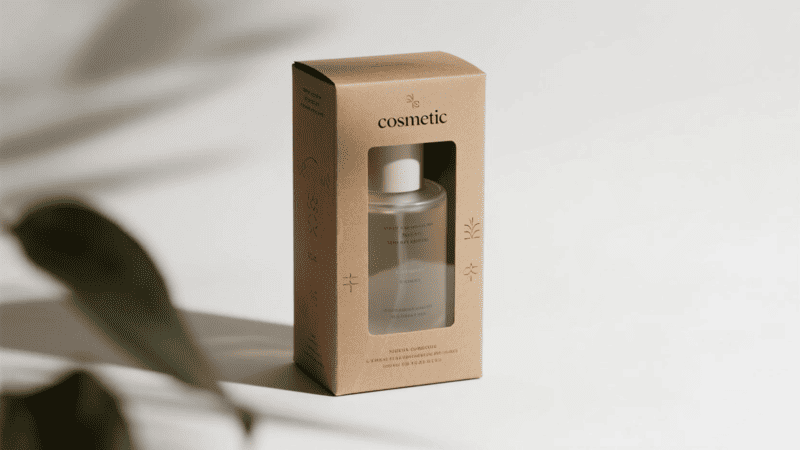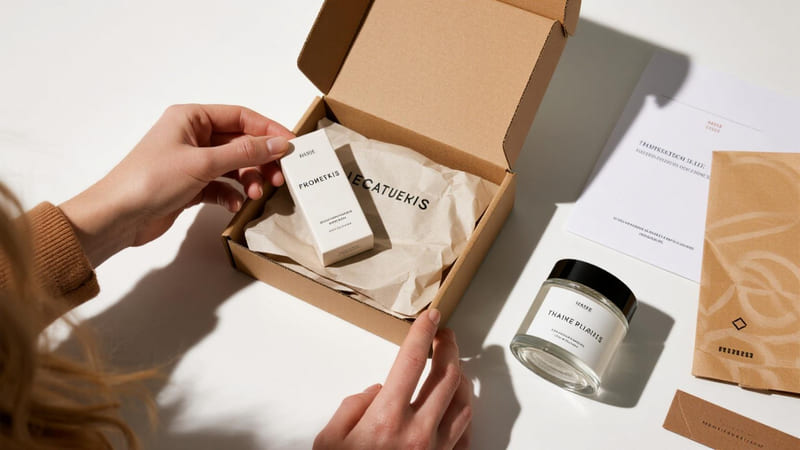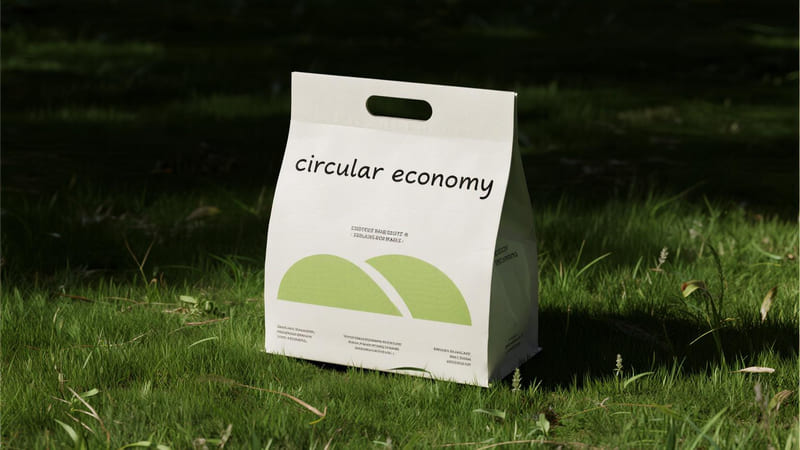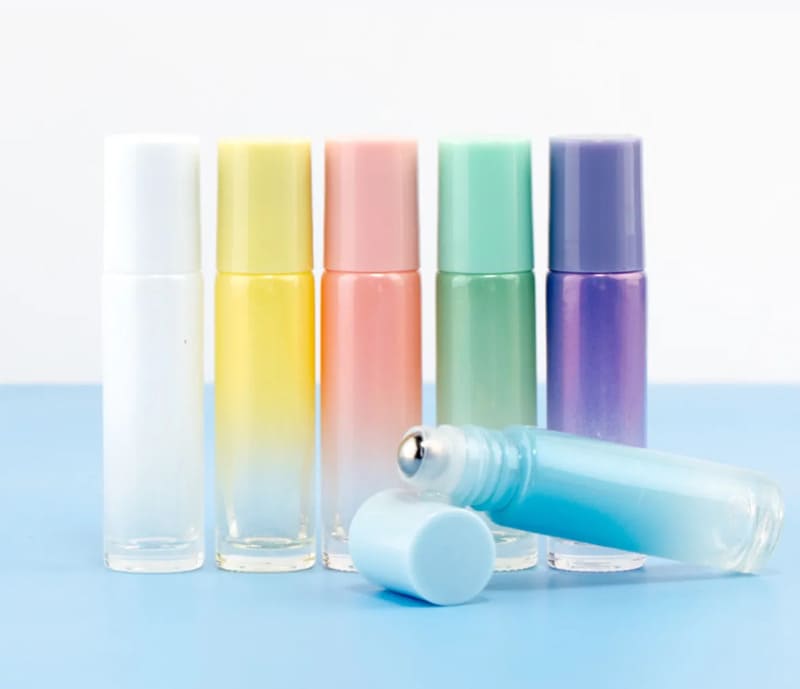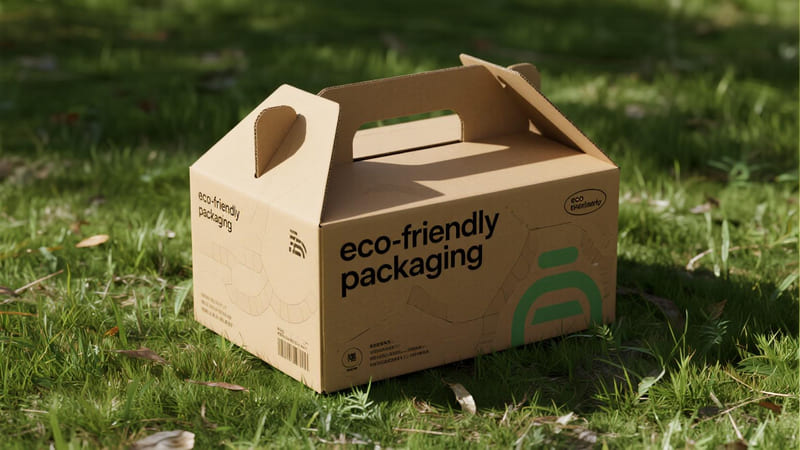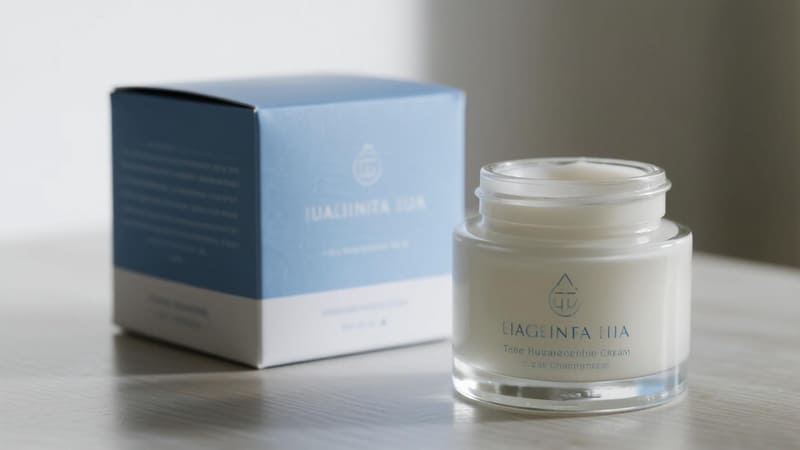The cosmetic packaging industry is in a constant state of dynamic evolution, driven by shifts in consumer values, technological advancements, and the ever-changing landscape of beauty itself. Staying ahead of these trends is crucial for brands to remain relevant, appealing, and responsible.
Current key trends in the cosmetic packaging industry are overwhelmingly centered on sustainability (refillable systems, PCR materials, mono-material design), the integration of smart/connected technology (QR codes, AR), the rise of hyper-personalization, a focus on inclusive and accessible design, and the growing importance of minimalist aesthetics and e-commerce-optimized packaging.
As a global packaging manufacturer with ShineTop for over two decades, I’ve witnessed these trends evolve from niche concepts to industry-defining movements. Brands that embrace these changes are not just designing containers; they are crafting the future of the beauty experience. Let’s explore the most significant trends shaping our industry.
Trend 1: The Sustainability Revolution (Eco-Packaging)
This is, without a doubt, the most powerful and transformative trend in the industry. It’s no longer a "nice-to-have" but a core business imperative.
The sustainability trend encompasses a multi-faceted shift towards a circular economy, focusing on refillable/reusable systems, high-recycled content (PCR), mono-material designs for easy recycling, and the exploration of innovative bio-based materials. Brands are moving away from single-use, virgin plastics towards more responsible, lower-impact solutions.
- Refillable & Reusable Systems: This is a top-tier trend. Brands like Fenty Beauty, Dior, and countless indie brands are offering durable, beautiful primary containers with replaceable inner pods or refills. This reduces waste and fosters brand loyalty.
- PCR (Post-Consumer Recycled) Content: The use of rPET, rHDPE, and rPP is becoming standard. Brands are now competing on the percentage of PCR they use. At ShineTop, we’ve seen a massive surge in demand for our PCR plastic options.
- Mono-Material Design: The push for packaging components (like pumps or jars with lids) made from a single type of plastic (e.g., all-PP) is growing because it dramatically simplifies the recycling process.
- Material Reduction (Minimalism & Solids): "Waterless" or solid formulations (shampoo bars, solid serums) that require minimal paper-based packaging are booming.
- Innovative Materials: Look for more use of bamboo, FSC-certified wood, cork, molded pulp, and even materials like mycelium (mushroom) for inserts.
Trend 2: Smart & Connected Packaging (Phygital)
Packaging is transforming from a static object into an interactive portal, bridging the physical product with the digital world.
Smart or "phygital" (physical + digital) packaging incorporates technology like QR codes, NFC (Near Field Communication) tags, or AR (Augmented Reality) markers. This allows consumers to use their smartphones to access virtual try-on experiences, tutorials, ingredient information, authenticity verification, and personalized content, creating a more engaging and informative user experience.
- Virtual Try-Ons: Scan a lipstick box to see how the shade looks on your face.
- Enhanced Transparency: Scan a serum bottle to see detailed sourcing information for its ingredients or to view its third-party lab reports.
- Interactive Tutorials: Scan an eyeshadow palette to unlock video tutorials for creating different looks.
- Authenticity & Anti-Counterfeiting: NFC tags can provide a secure way for consumers to verify that their product is genuine.
- Easy Reordering: A simple tap or scan can take the user directly to the product page to repurchase.
Trend 3: Hyper-Personalization & Customization
In a world of endless choice, consumers crave products and experiences that feel unique to them. Packaging is a key way to deliver this sense of individuality.
The trend of hyper-personalization in cosmetic packaging involves tailoring the product’s presentation to the individual consumer. This is being enabled by digital printing technology, allowing for short runs of customized names, messages, or designs on boxes and labels, as well as modular packaging systems where consumers can build their own palettes or skincare kits.
- On-Demand Printing: Brands can offer options to add a name, a special date, or a short message to a perfume bottle or gift box, making it a perfect personalized gift.
- Modular Design: Think of magnetic palettes where you buy individual eyeshadow or blush pans to create your own custom color story. This reduces waste from unwanted shades in pre-made palettes.
- Customized Kits: Brands can use data to offer curated skincare or makeup kits in packaging designed for that specific combination of products.
Trend 4: Inclusive & Accessible Design
The beauty industry’s long-overdue push for inclusivity is now extending beyond shade ranges and marketing to the very design of the packaging itself.
Inclusive and accessible packaging design is a trend focused on creating products that are easy to use for everyone, regardless of age or physical ability. This includes features like easy-to-open closures for those with dexterity challenges, high-contrast text for better readability, tactile markings for the visually impaired, and intuitive, ergonomic shapes.
- Ergonomic Shapes: Caps and containers designed for an easy grip.
- High-Contrast Labels: Using clear, legible fonts with strong color contrast between text and background.
- Tactile Indicators: Raised symbols or textures to help visually impaired users differentiate between products, like shampoo and conditioner.
- Braille: The inclusion of Braille on secondary packaging is becoming more common.
- One-Handed Use: Designing pumps or dispensers that can be easily operated with one hand.
This trend is about empathy in design, ensuring the beauty experience is welcoming and functional for all consumers.
Trend 5: Minimalist Aesthetics
As a counterpoint to overly complex and loud designs, minimalism continues to be a powerful and enduring trend in cosmetic packaging.
The minimalist trend in cosmetic packaging emphasizes simplicity, clean lines, ample negative space, and a focus on high-quality materials and refined typography. This "less is more" approach conveys a sense of confidence, sophistication, and often aligns with the values of clean beauty and sustainability by using less ink and material.
- "Clean" Look: Often uses a simple color palette (black, white, neutrals, or a single accent color).
- Typography as Design: The font choice and layout of the text become the primary design element.
- Focus on Materiality: The quality and texture of the paperboard, glass, or plastic are highlighted.
- Brand Confidence: A minimalist design suggests the product inside is so good, it doesn’t need a flashy package to sell it.
- Sustainability Link: This aesthetic naturally lends itself to using less material and fewer complex printing processes. My client Anna from Thailand has built her entire brand around this minimalist, natural aesthetic, and we at ShineTop help her achieve it with high-quality, simple packaging.
Trend 6: E-commerce Optimized Packaging
The continued growth of online beauty sales has created a need for packaging that is specifically designed for the journey from a warehouse to a customer’s doorstep.
E-commerce optimized packaging is designed to be both durable enough to withstand shipping without leaking or breaking, and to create a memorable "unboxing experience." This trend includes a shift towards mailer-friendly boxes, protective yet aesthetically pleasing internal structures, and lightweighting to reduce shipping costs.
- Mailer Boxes: More brands are designing their secondary packaging to also function as the shipping box, reducing redundant packaging.
- The Unboxing Ritual: The experience of opening the package is a key marketing moment. Brands are investing in custom printed tissue paper, branded inserts, and clever structural reveals. My client Mohammed from Iraq, who creates luxury gift sets, is a master of this.
- Protection is Key: Packaging must be robust. This means secure closures, well-designed inserts (molded pulp is a great eco-friendly option), and sturdy materials.
- "Letterbox-Friendly": For smaller items, designing slimmer packaging that can fit through a standard mail slot is a growing trend, especially in Europe.
Conclusion
The trends shaping the cosmetic packaging industry paint a clear picture of the future: a world where packaging is more sustainable, smarter, more personal, and more inclusive. The focus is shifting from disposable and decorative to durable, functional, and responsible. For brands, embracing these trends is no longer optional; it’s essential for connecting with the modern consumer. For us at ShineTop, it’s an exciting challenge to be at the forefront of this evolution, providing the innovative and sustainable solutions that will help our clients thrive in the years to come.

